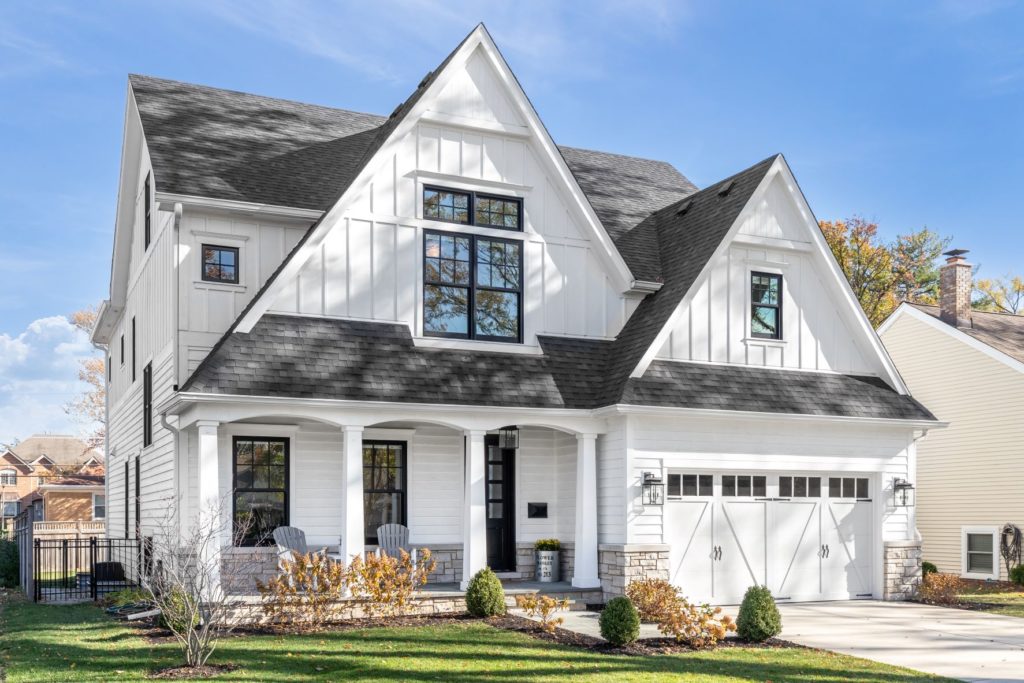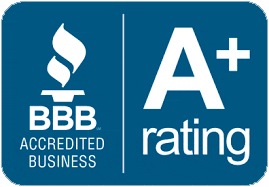The Different Advantages of Different Sidings for Your House

You are considering buying a new house and trying to decide what type of siding to go with. You’ve heard that there are different types of siding, and you’re not sure what the advantages and disadvantages of each type are.
There are four main types of siding: wood, vinyl, aluminum, and fiber cement. Each type has its advantages and disadvantages.
- Wood: Wood siding is the most common type of siding. It is durable and gives your home a natural look. However, it requires more maintenance than other types of siding and is not as fire resistant.
- Vinyl: A popular choice due to its low maintenance and variety of colors. It is also more impact resistant than wood siding. However, vinyl siding can fade over time and is not as eco-friendly as some other types of siding.
- Aluminum: This siding is a good choice if you want a low-maintenance option that is also eco-friendly. However, it is not as impact resistant as vinyl siding and can dent easily.
- Fiber Cement: This material is one of the most durable options, and it is fire resistant. However, it is also one of the most expensive types of siding.
How to Determine Your Siding Needs
Now that you know the different types of siding and their advantages and disadvantages, you need to figure out what your needs are. Here are some factors to consider:
- Budget: How much money do you want to spend on siding?
- Climate: What type of climate do you live in? If you live in an area with severe weather conditions, you will need to choose a more durable type of siding.
- Maintenance: How much time are you willing to spend on maintaining your siding?
- Appearance: What look are you going for? Do you want a natural look or something more modern?
- Eco-friendliness: How important is it to you to choose an eco-friendly option?
How to Work With a Contractor
Working with a contractor can help you determine which type of siding will be the best for your house. They can also help you figure out how much siding you need and install it for you.
When working with a contractor, be sure to get multiple estimates and ask lots of questions. You should also get everything in writing before the work begins.
This will help prevent any misunderstandings or disagreements down the road. Further, you should make sure that your contractor is licensed and insured. This will protect you in case anything goes wrong during the installation process.
Get Started on Your Siding Project Today
Now that you know more about the different types of siding and what to consider when choosing the side for your home, you’re ready to get started on your project. If you need help on your siding installation in NJ, don’t hesitate to reach out to a contractor. They can help you figure out what type of siding is best for your home and needs.

